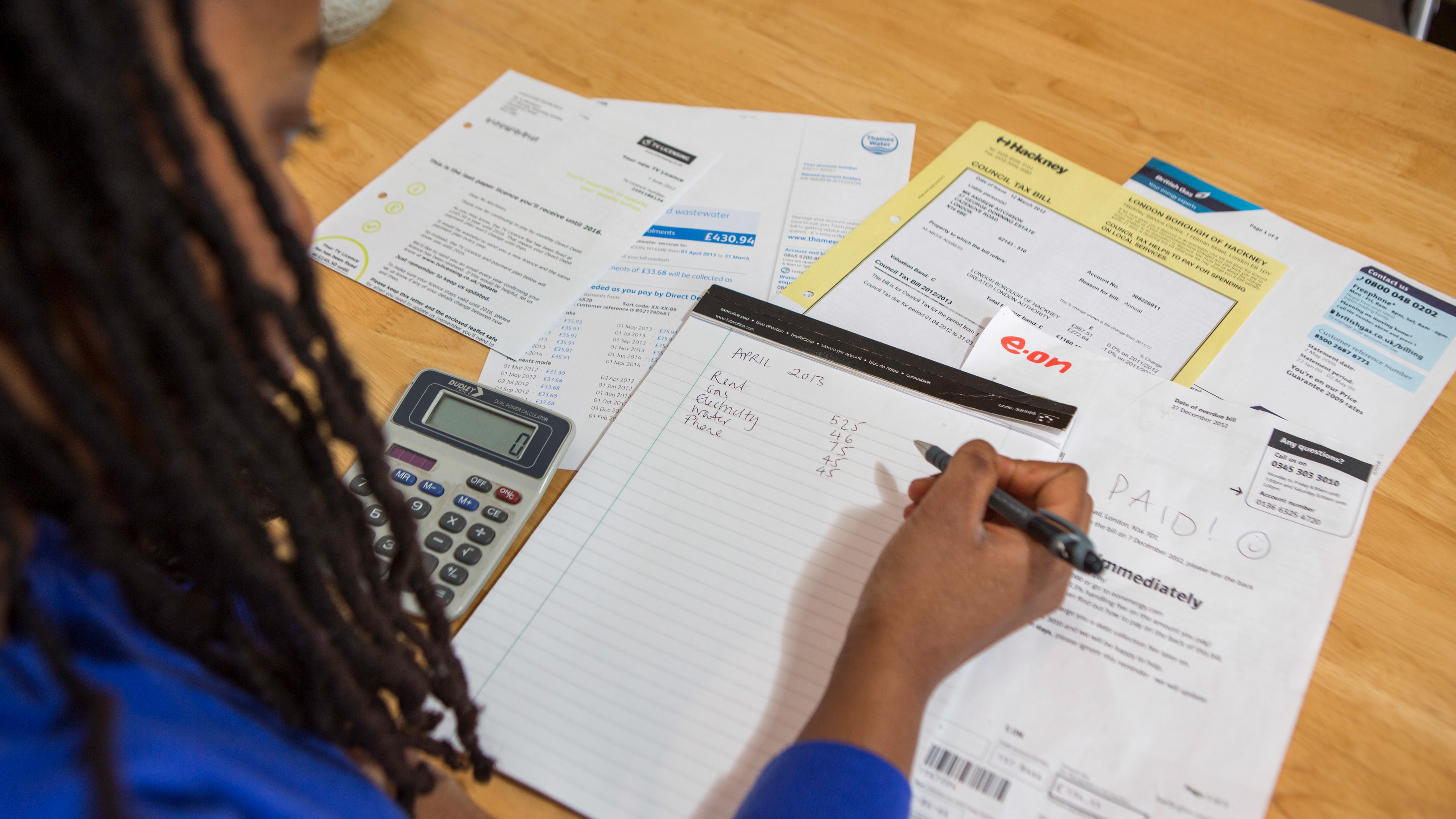Energy bills: Martin Lewis explains what to do following the 54% price cap hike
The MoneySavingExpert founder has given his thoughts on whether or not now is the time to switch tariffs

Ofgem has now confirmed that the 22 million households currently on default tariffs and prepayment meters will see further eye-watering increases to their energy bills.
From April 1, the regulator’s energy price cap will go up from £1,277 to £1,971. This is a rise of £693 for default tariffs. Meanwhile, prepayment customers will be even worse off, seeing their annual bills going from £1,309 to £2,017, a rise of £708.
What’s more, it appears that there’s little we can do to avoid this situation, as Martin Lewis of MoneySavingExpert has revealed that the best course of action is to ‘do nothing’ as the majority of us still ‘can’t save by switching right now’.
Prices are unlikely to come down again this year
Throughout the energy crisis, it’s been advised to avoid running an energy comparison to try and switch to a cheaper deal, as not even the best energy deals from the UK’s best energy suppliers have been able to better the current price cap.
Martin Lewis has now predicted that the cap is highly unlikely to go down when it’s reviewed again in October – in fact he forecasts ‘another rise of around 20%’. So, his advice to avoid switching does seem to be the most sensible option.
The example he gave, should the price cap go up by 20% later this year, would be that those looking to switch would ‘need to find a fixed deal now that's no more than 59% more expensive than your current price-capped tariff’.
To give some perspective on this, he also stressed that currently the best fixed tariff is in fact on average 68% more expensive than the current cap.
Get daily insight, inspiration and deals in your inbox
Sign up for breaking news, reviews, opinion, top tech deals, and more.
Suppliers may start offering more fixed deals
The new standard tariff rates also won’t come into effect until they’re officially rolled out on 1 April. This means the true costs and reality of the hike can’t be accurately measured until suppliers start to use them.
With this, Martin Lewis fired a warning to consumers to be wary of any new fixed tariffs that may now start appearing on the markets. This is because the rates being offered won’t be in relation to the new cap and therefore the cost comparisons won’t be as accurate.
In addition, he gave a reminder that the price cap isn’t the maximum level you can pay for your energy. The cap only sets the rate you pay for each unit of gas and electricity, so ultimately ‘if you use more, you’ll pay more’.
What help is available?
With the announcement of the new cap, the Chancellor of the Exchequer, Rishi Sunak, did reveal three measures the government plans to roll out to help with our energy bills.
These are:
- A £200 rebate loan in October to all households.
- A £150 council tax rebate in April to all households in England in bands A to D.
- A £144 million discretionary fund for councils aimed at those on low incomes.
This could see households get up to £350 in financial support. However, there have already been concerns raised about whether or not this will be enough and what effect the £200 loan could have on the affordability of our future energy bills when they start being paid back.
In the meantime, those currently struggling to pay their energy bills may wish to consider this guidance we recently put together, which explains a few approaches that can help make them more manageable and affordable.
Rich is a freelance copywriter and content strategist with over 10 years' experience. His career has seen him work in-house and in various agencies, producing online and offline content marketing campaigns and copywriting for clients in the energy industry.
